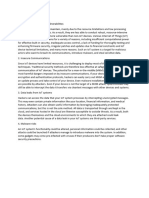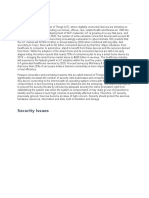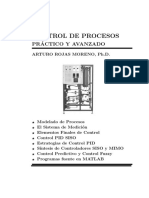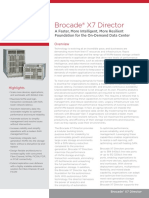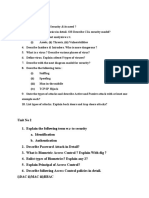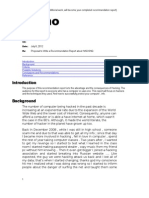0% found this document useful (0 votes)
13 views8 pagesEta Assignment
The document discusses the Internet of Things (IoT), highlighting its components, major security threats, and best practices for securing connected devices. It outlines significant threats such as unauthorized access, data breaches, and DDoS attacks, and emphasizes the importance of strong authentication, data encryption, and regular updates. Case studies illustrate the consequences of IoT security breaches, while recommendations for mitigating risks are provided to enhance the overall security of IoT ecosystems.
Uploaded by
Bhupesh NayakCopyright
© © All Rights Reserved
We take content rights seriously. If you suspect this is your content, claim it here.
Available Formats
Download as PDF, TXT or read online on Scribd
0% found this document useful (0 votes)
13 views8 pagesEta Assignment
The document discusses the Internet of Things (IoT), highlighting its components, major security threats, and best practices for securing connected devices. It outlines significant threats such as unauthorized access, data breaches, and DDoS attacks, and emphasizes the importance of strong authentication, data encryption, and regular updates. Case studies illustrate the consequences of IoT security breaches, while recommendations for mitigating risks are provided to enhance the overall security of IoT ecosystems.
Uploaded by
Bhupesh NayakCopyright
© © All Rights Reserved
We take content rights seriously. If you suspect this is your content, claim it here.
Available Formats
Download as PDF, TXT or read online on Scribd
/ 8




















